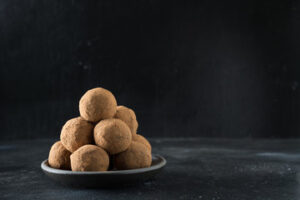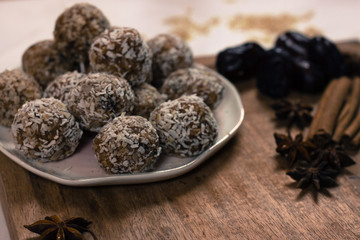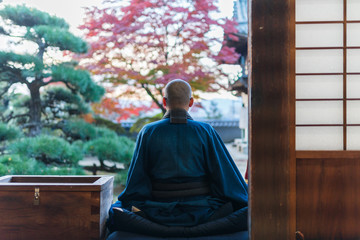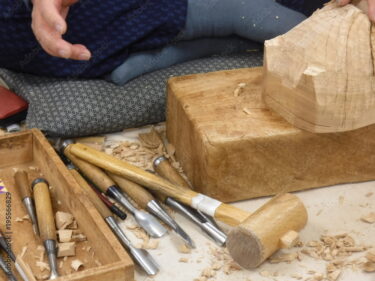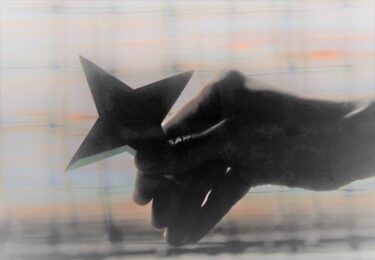The Source of Ninja’s Power “Hyoro-gan”
Eating has always been one of life’s great pleasures . From ancient times, Japan developed a variety of food cultures depending on the region, time, and circumstances. Even today, experiencing Japanese food is the number one reason for sightseers to visit Japan. So what kind of food was “hyoro-gan,” the famous portable food for ninjas?
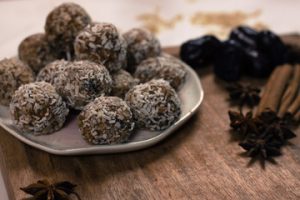
Ninjas’ basic daily diet consisted of brown rice, barley, wild vegetables, and other foods similar to those of the people of that time, but they also had soybeans, surume (dried squid), carrots, “Takii” (cooked rice that has been further cooked until the water is absorbed), and sesame seeds in order to improve their physical functions. They also carried “hyoro-gan” when they were on duty .
There are various recipes and methods of making hyoro-gan. These methods were kept secret among warlords, as hyoro-gan helped increase military strength. For example, Ieyasu Tokugawa used black beans, black sesame, potato starch, and sugar to make hyoro-gan, which is a sweet recipe. It has been said that it was the ninjas who put the most effort into the research and development of hyoro-gan, which shows that ninjas were very particular about their craftsmanship!
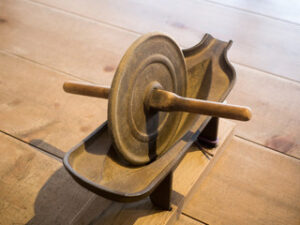
There are different types of food similar to hyoro-gan, such as kikatsu-gan and suikatsu-gan, which were also made as portable food or supplements for different purposes. We will not go into the detailed ingredients and preparation methods of each type but let us take hyoro-gan as an example. Typical ingredients for hyoro-gan (from an ancient document “Lao Dan Shu”) were made of rock sugar, which consists of more than half of the ingredients, and some herbal medicines such as pigeon pea, lotus seed, guixin (a member of the cinnamon family), sanyaku (yam), and ginseng.
Hyoro-gan has numerous benefits. It is nutritionally a tonic that acts as an analgesic, anti-inflammatory, energizer. Additionally, it promotes blood circulation, regulates bowels, and helps the user relax. Before I investigated hydro-gan, I imagined it to be like a Calorie Mate (like Clif Bar in the US), but it seems more like yakuzen (a medicinal meal), which is much more beneficial to the body. Makoto Hisamatsu, professor emeritus at Mie University, describes hyoro-gan as a fast-acting, functional, and portable food in his paper “Ninja Food from a Scientific Perspective.”

Considering hyoro-gan from the standpoint of a modern parent, I would like my child to have it as a good-luck charm when he or she goes to an important exam or game. Not only does it replenish energy, but it also has a relaxing effect, making it a gem that not only children, but also myself, would like to consume before an important meeting. Perhaps the kibidango (a Japanese rice cake) that Momotaro (the main character of a fairy tale) took with him to the Island of Ogres was actually a hyoro-gan. (“Momotaro” is a famous Japanese fairy tale about a boy who defeats giant ogres.)
In our modern times, we have almost instant access to anything we want if we pay for it. However, it would be fulfilling and enjoyable to take the time to research, gather materials, go through trial and error, and spend the effort to create something for a specific purpose. Of course, the purpose of making hyoro-gan was different for ninjas, but I believe even enjoying a small hyoro-gan must have been a valuable source of comfort for them, as it would have been something they could rely on in the harsh environment they were in.
